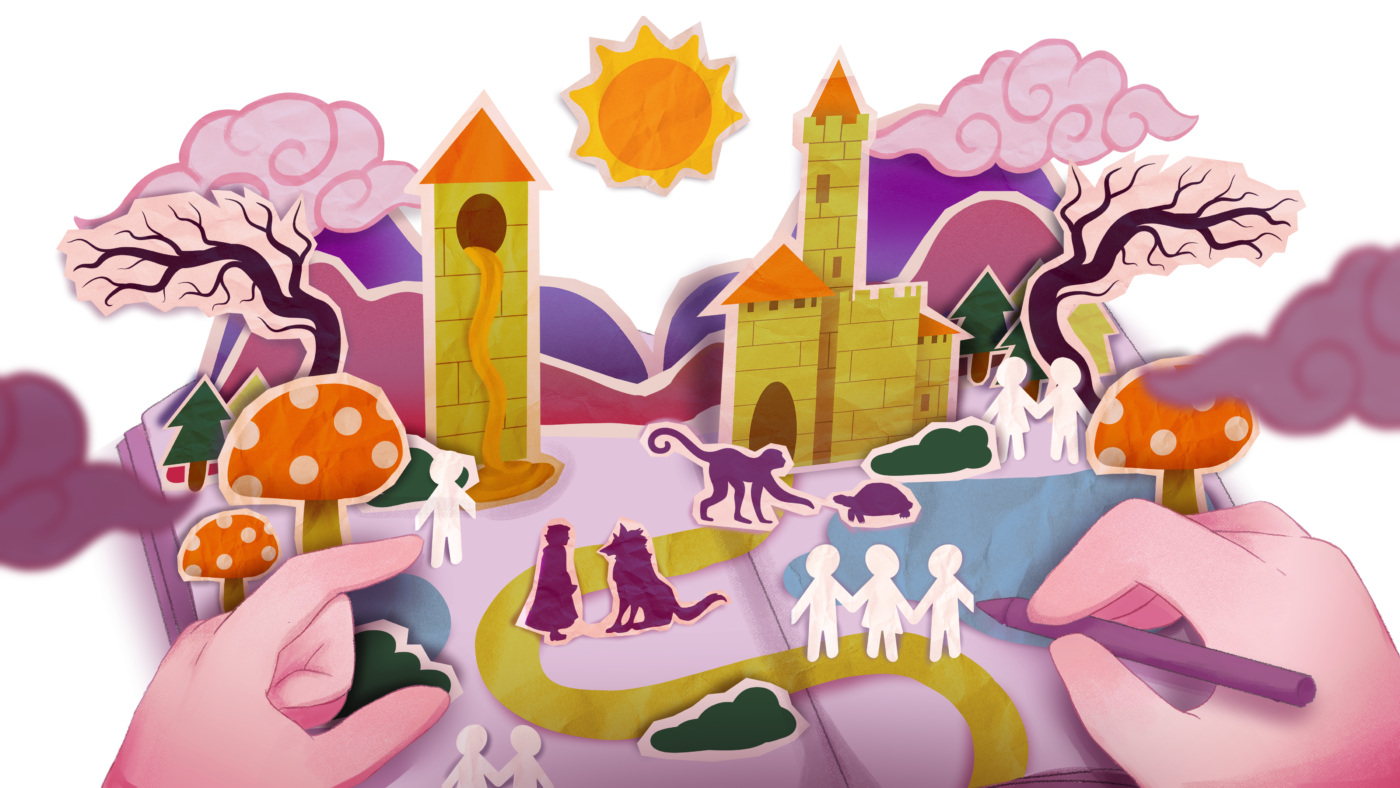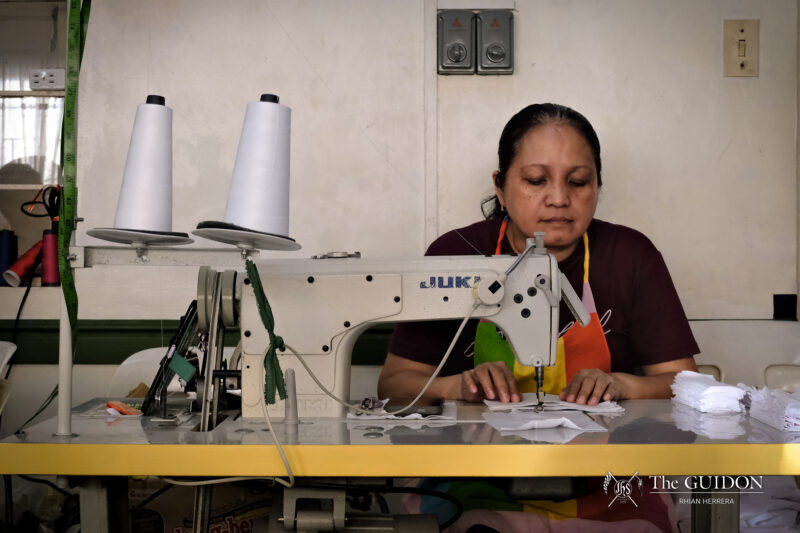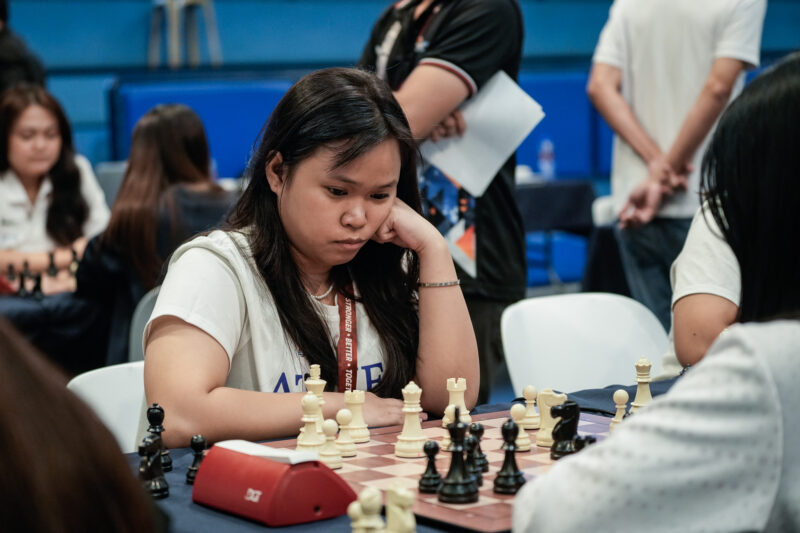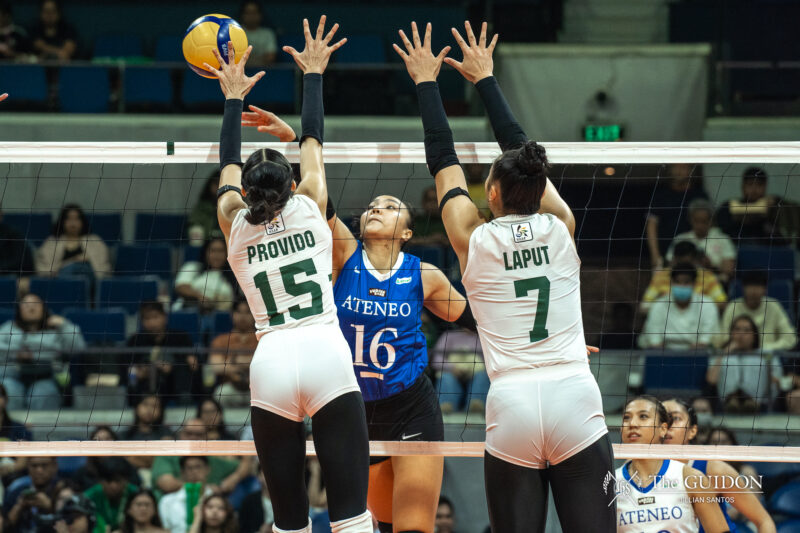THE TURN of a page signifies the introduction to a new world complete with complex characters and profound lessons. These stories become the driving force that allows children to hone their values and carry them into adulthood.
Unfortunately, hindering many Filipino children from doing the same is the lack of access to these stories due to insufficient support for education, literature, and the arts. Amid this hindrance, writers, artists, and publishers still persist in bridging the gap by centering narratives toward the younger generation.
At the heart of this effort are authors who lay the foundation for the adventures that captivate the attention of children. With care and precision, they weave words into stories that not only engage and entertain but also educate. This creative journey takes a village—those who write the words and those who help bring the stories to life.
Kuwento ng mga kuwentista
Christine Bellen-Ang is a full-time writer and the author of numerous children’s books, such as Filemon Mamon, Ang Mahiwagang Biyulin, and Ang Parusa ng Duwende.
Before writing stories of her own, Bellen-Ang made her own versions of Hans Christian Andersen’s tales as a child and shared them with her cousins. Around this age, she first read the 1975 version of Severino Reyes’ Mga Kuwento ni Lola Basyang (The Stories of Lola Basyang) in her grandfather’s home.
Her exposure to the arts brought her to work for publications like the Saranggola Magazine and the Daily Inquirer. Participating in competitions opened even more doors, allowing her work to be published by local outlets.
Bellen-Ang believes in portraying children as intelligent, curious, and adventurous—moving away from the stereotypical image of being portrayed as “innocent.” This curiosity drives the bold, reckless, and honest characters in her stories.
For her, this perspective guides a deeper exploration into the true nature of children as they navigate and make sense of the world around them. She breaks away from moralistic innovations, recognizing their raw but complete life.
‘“Yung bata ay dynamic. ‘Yung bata ay may wika, may imagination. Para sa akin talaga, ‘yung imagination ng bata, hindi natin puwede itong linisin kaagad,” she expounds.
(The child is dynamic. They have their own language and imagination. For me, the imagination of a child cannot be wiped away in an instant.)
Bellen-Ang’s stories soon became the catalyst for Michael Coroza’s journey into writing children’s literature. He fondly shared a time when his son came home, excitedly discussing Bellen-Ang’s books, and then asking if he had ever written any.
“Dahil doon, sabi ko kay Christine Bellen, ‘Christine, nahamon naman ako sa sinabi ng anak ko. Meron daw ba akong libro kasi ikaw ang narinig niyang nagsalita tungkol sa libro mo.’ Kaya hinamon ko ang aking sarili. Kaya ko bang magsulat ng kuwentong pambata?” he expresses.
(Because of this, I told Christine Bellen, ‘Christine, I was challenged by my child. They asked me if I had a storybook because they heard you talking about yours.’ So, I challenged myself. Can I write a story for children?)
Although Coroza began writing children’s stories at a later age, he has always kept the power of the written word close to him.
When assigned to find a poem about health to recite in fourth grade, he found so few options that he was compelled to write his own. This early experience laid the groundwork for Coroza’s path to poetry. As he embraced the challenge presented by his son, he went through the process feeling motivated to refine his craft and reach a new audience.
Although the two authors began writing children’s stories at different times, both share an eagerness to take in the experiences the world has to offer.
Bayanihan para sa panitikan
Bellen-Ang and Coroza’s writing journey is shaped by personal experiences of collaboration and perseverance. For them, publishing a story is a long-term endeavor requiring input, critiques, revisions, and proofreading.
As such, the two appreciate the crucial role of publishers, editors, artists, and translators alike in giving life to their works. Even before the books make it to the shelves, equally important for them is the role of children, their target audience.
When working with publishing houses, Bellen-Ang explains that publishers use a “kid-testing” process, where children read manuscripts to gauge their interest. If the kids like it, it will be accepted; if not, it may be revised or rejected.
With this, seeking a connection with the audience becomes crucial. For instance, Coroza’s Ang mga Lambing ni Lolo Ding illustrates the importance of understanding the market, gaining wide readership through Adarna House despite falling short at the Palanca Awards. Coroza notes that this experience taught him that a good story is not defined by accolades, but by the resonance it has with its audience.
Moreover, children’s literature goes beyond the publishing industry. Organizations like the Philippine Educational Theater Association, Ateneo Children’s Theater, and Ballet Manila have provided a platform for authors like Bellen-Ang to tell their stories through mediums beyond print.
However, Bellen-Ang also acknowledges the financial struggles that these productions face. Recognizing this reality, she remains grateful for and supportive of their commitment to promoting literature and their vision for the nation.
Subsequently, Coroza underscores the need for spaces that nurture literature for children, expressing his gratitude for platforms dedicated to sharing valuable stories with young audiences.
Patuloy ang kuwento
For the authors, pursuing writing is a commitment with no turning back, representing a life-long advocacy that addresses the urgent need for literature amid its lack of support.
Challenging the writers’ cause in the humanities are issues such as the prioritization of English, threats of artificial intelligence, poor literacy rates, limited resources, and the current socio-political climate. While distressing, these issues urge storytellers to continue writing stories for the unheard and the demand for progress.
While recognizing that they are just one part of a larger movement for change, Bellen-Ang and Coroza embrace this challenging yet vital role in shaping the youth’s consciousness, for whom they remain hopeful.
“At the end of the day, patak ako ng ulan para dumami ‘yung tubig, hindi para malunod sila sa baha, pero kailangan ‘yung tubig na ‘yon para lumago ang mga halaman, mabuhay ang mga palay, [at] para lumangoy ang mga isda,” Bellen-Ang states.
(At the end of the day, I am a droplet of rain to increase the water, not for them to drown, but for plants to grow, for rice to prosper, and for fish to swim.)
Meanwhile, Coroza asserts that parents, schools, and institutions must expose children to abundant literature throughout their learning journey. “[Ito ang] magiging pamantayan nila ng kahusayan sa buhay at sa kasiningan sa kanilang paglaki,” he believes.
(It will be their basis of excellence in life and the arts as they grow up.)
Behind every story is a storyteller whose childhood was shaped by constant experiences of listening and learning. This journey has transformed them into mentors who nurture the next generation.
As writers confront the changing times, they remain steadfast in advocating for a society rooted in the humanities—a society where every child can love and learn with just a turn of a page.







